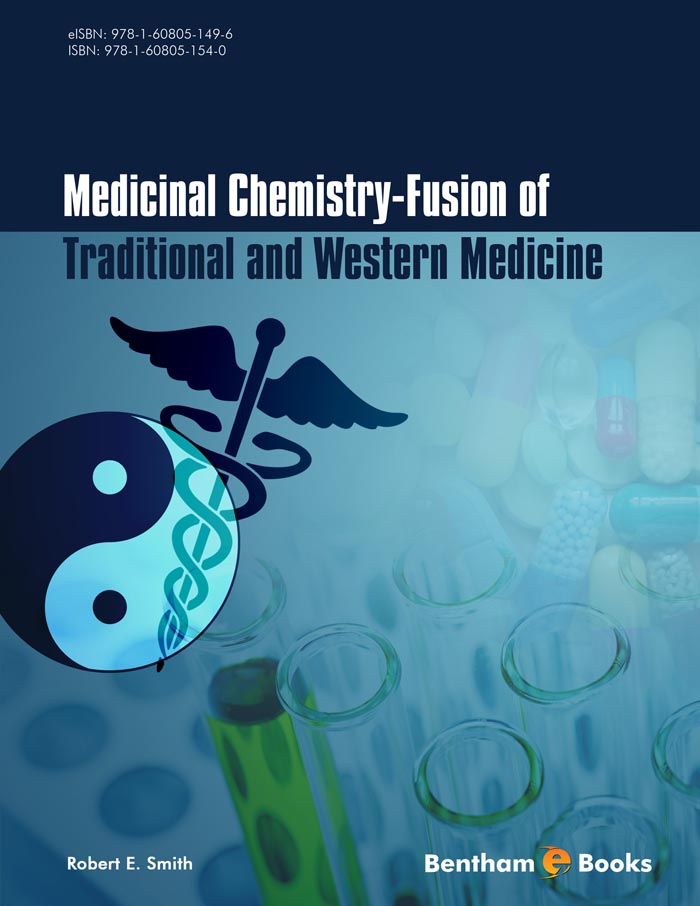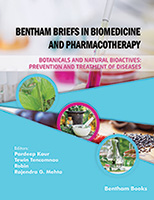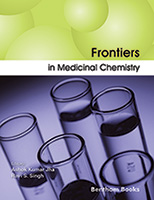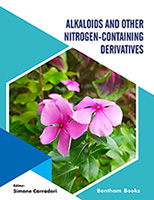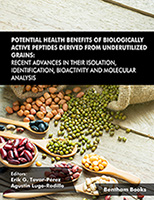Introduction
Medicinal Chemistry - Fusion of Traditional and Western Medicine
is a textbook intended for students taking courses in the various fields of medicinal chemistry, pharmacy, medical and dental programs. Moreover, people working in the pharmaceutical industry and doctors preparing for Medical Board Exams will also find it useful. Since, new drugs are being developed by multi-disciplinary teams; this E-Book describes new paradigms that are emerging in modern biology, biochemistry and medicine. It is therefore a fusion of traditional and western medicine and between systems thinking and reductionist thinking. Readers will learn about how new drugs are investigated, developed and eventually approved by the FDA. The book also includes important information about cGMP, GLP and the FDA regulatory requirements, the importance of environmental toxins, such as bisphenol A (BPA) and perfluorooctanoic acid (PFOAA) in autoimmune diseases and health. This book offers exceptional value in its descriptions of RNA, epigenetics, toxicology, new drug development, genetically modified organisms and analytical chemistry that cannot be found in other textbooks.

